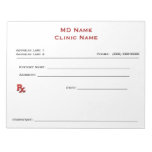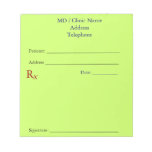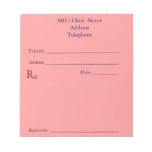A: You need to have at least 30 minutes of prolonged time, that is, at least 30 minutes beyond the full time normally assigned to the base code. The typical time per CPT for a code 99214 is 25 minutes. A code 99354 means a physician would need to have spent at least 55 minutes with or devoted to the patient.
As for the 50 percent rule, we are actually applying the midpoint rule here. The code description says “one hour of prolonged services is 30-74 minutes” of prolonged time, so we are already at the short end with the 30 minutes.
Q: OK, but as far as documenting this prolonged time, do I need to say, “31 minutes of extended time was spent discussing and reviewing” or should I give the total time of the visit as at least 56 minutes: 25 minutes for a code 99214 and 31 minutes for a code 99354?
A: Both, really. You are billing two codes as above, so try and show them two things. For example, you could write, “Spent a total of 56 minutes today with Beth, initially working her up for xyz, followed by 31 minutes of prolonged service time discussing the natural history of this disease and the best treatment options given the stage of her disease.” That shows the auditor the total time and clearly states that at least 30 minutes was in prolonged services.
Q: Are the 2019 CMS proposed guidelines for E/M just for office visits? I don’t see any discussion about hospital visits.
A: That is correct. The proposed guidance states: “The proposed changes would only apply to office/outpatient visit codes (CPT codes 99201 through 99215), except where we specify
otherwise. We agree with commenters that we should take a stepwise approach to these issues, and therefore, we would limit initial changes to the office/outpatient E/M code set.”
The guidance goes on to say that “We may consider expanding our efforts more broadly to address sections of the E/M code set beyond the office/outpatient codes in future years.”
Please remember: what you have seen so far is only a proposal. Earlier suggestions to go with a one level visit approach were not embraced by the provider community.
Q: We have been asked to see patients who present for routine prothrombin time and international normalized ration (PT/INR) checks and bill for a code 99213 instead of a code 99211. Is that permissible? Can I just use the same note?
A: There is no rule that states a visit of that sort can’t be billed as a 99213, but the way you say it makes it sound as if it may not be medically necessary.
The question might be why you are being asked to do this, although on the face of it, it would appear to be about the billing since that was specifically mentioned. Please get to the bottom of that. If the “nurse visit” approach results in good management of the patient’s anti-coagulation status, then you should likely leave it as it is.
That said, if you are managing the problem that requires anti-coagulation, have some reviews of system (ROS). If you make clear the management, the risk, and the patient visit, then you are well in the ballpark for the standard chronic disease management code 99213. If you document the above, and ideally some mention of the risk of these medicines, then that note should be sufficient.
But don’t just take a supervised 99211 note where you likely only agree and acknowledge the dose and status of the problem and call it a code 99213. If you are going to change the code, make sure you bolster the note to make that higher level of service quite clear.




No comments:
Post a Comment